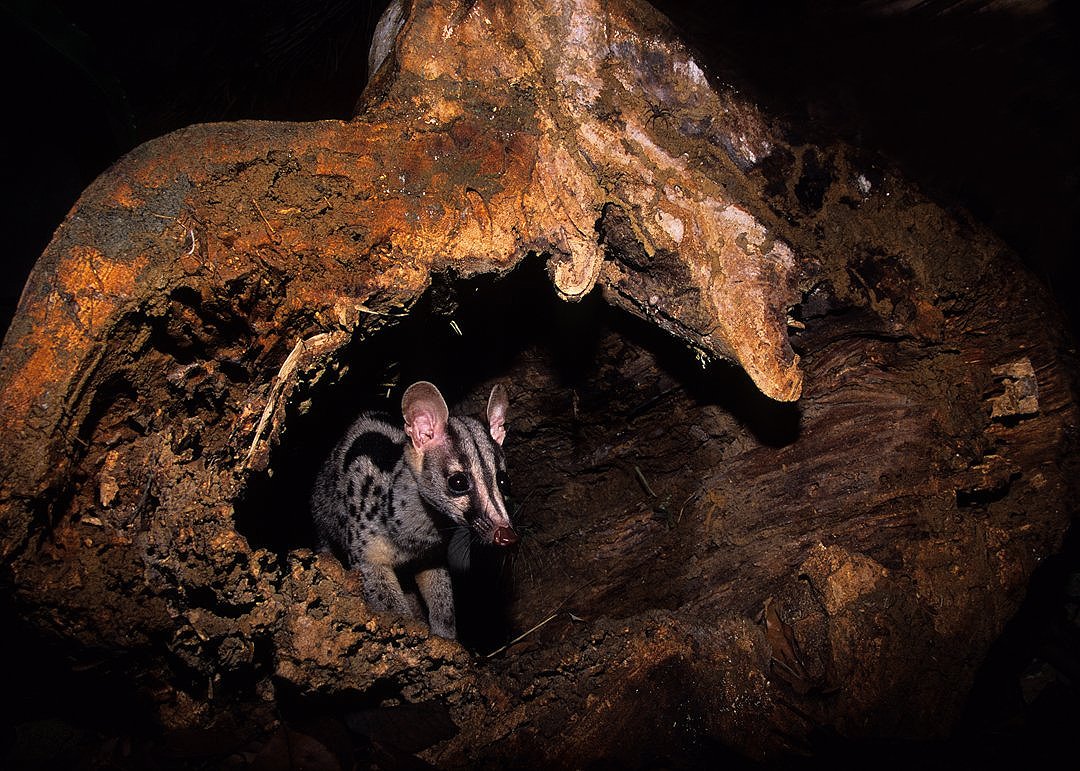
placeholder text
A declining Indochinese endemic
Owston’s Civet
Owston’s Civet is only found in Lao PDR, Vietnam and a small part of southern China. It is declining throughout its range, mainly because of the commercial trade in wildlife, which includes civets.
Much of this trade is illegal.
Your donation today can help to secure the future of the Owston’s Civet and other small carnivores.
Why is Owston’s Civet going extinct?
Demand for wild meat
Wildlife, including civets, are traded for wild meat, often legally. This is eaten as a luxury in urban towns and cities in Asian countries, particularly in Vietnam and China. Civets form a significant part of the commercial widlife trade.
Snaring inside protected areas
The demand for wild meat drives hunting for wildlife. Much of the hunting in South-east Asia occurs inside protected areas, using snares and other types of traps. Tens of thousands of snares are illegally set inside the region’s protected areas, with devastating impacts.
Owston's Civets are being snared
Snares are indiscriminate and will capture anything that is on the ground and over 500 grammes in weight. Anything that is caught is sold into the illegal wildlife trade - including Owston’s Civets.

What are the priorities for Owston’s Civet conservation?
Protect wild populations
Owston’s Civets live in a part of the world where protected areas have failed to protect wildlife. For wild populations to persist there needs to be better managed, governed and resourced protected areas. Snaring needs to be urgently addressed across South-east Asia.
Eliminate demand for wild meat
The demand for wild meat is one of the main drivers of illegal snaring for civets inside protected areas. The demand for civets needs to be eliminated.
Close down civet farms
Civets are kept in commercial facilities for meat and civet coffee production. Wild civets are caught to restock these facilities. They are also a public health risk; civets transmit and carry zoonotic diseases such as SARS. These facilities need to be closed.
Conservation breeding
Conservation breeding is needed as insurance against extinction and to support recovery efforts. We need to urgently increase the numbers we have in captivity; some wild populations will not recover without this support.
Useful Resources
Conservation strategy in English
Willcox et al. 2019. Conservation strategy for Owston’s Civet Chrotogale owstoni 2019 - 2029. Hanoi, Vietnam.
Conservation strategy in Vietnamese
Willcox et al. 2019. Conservation strategy for Owston’s Civet Chrotogale owstoni 2019 - 2029. Hanoi, Vietnam.








